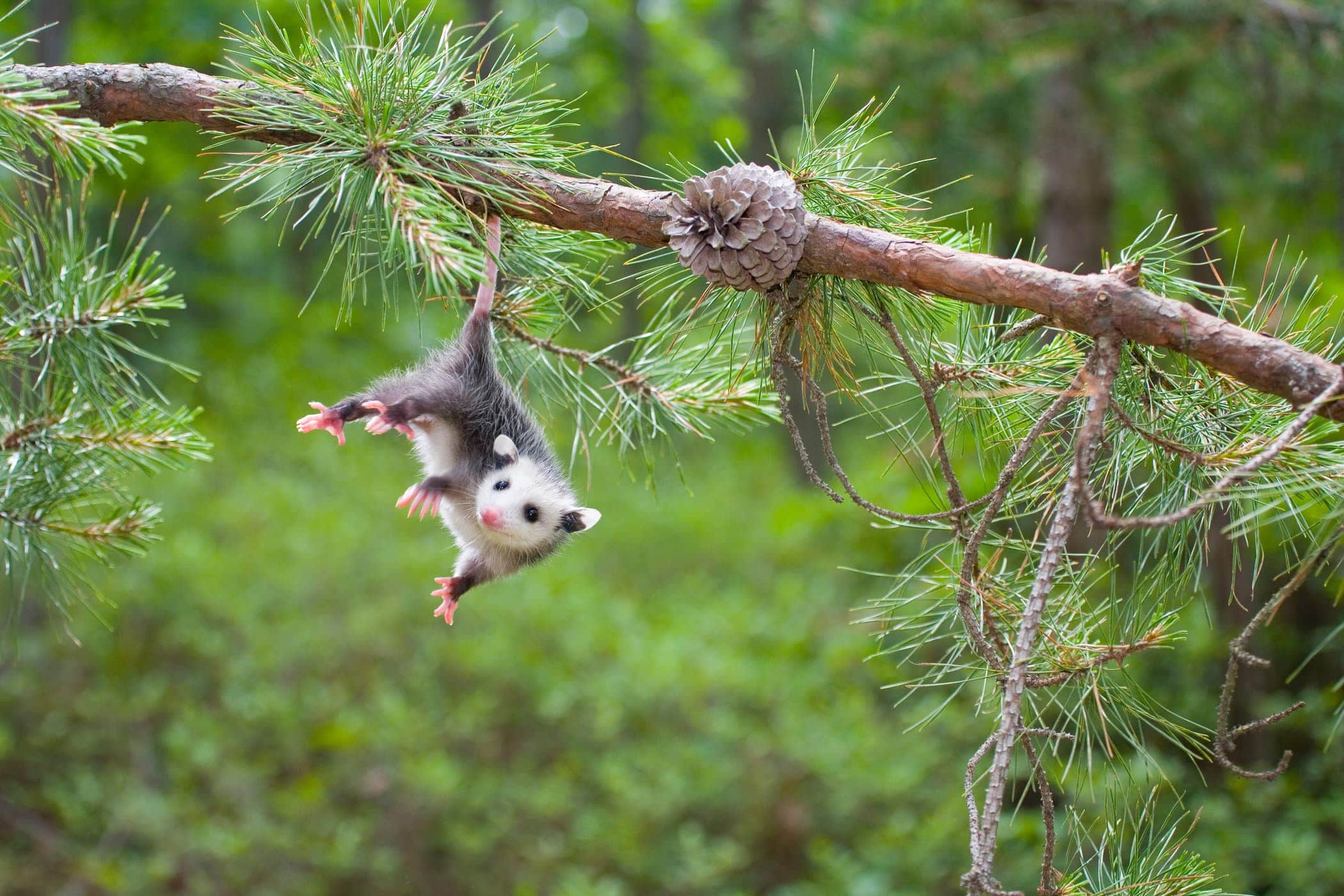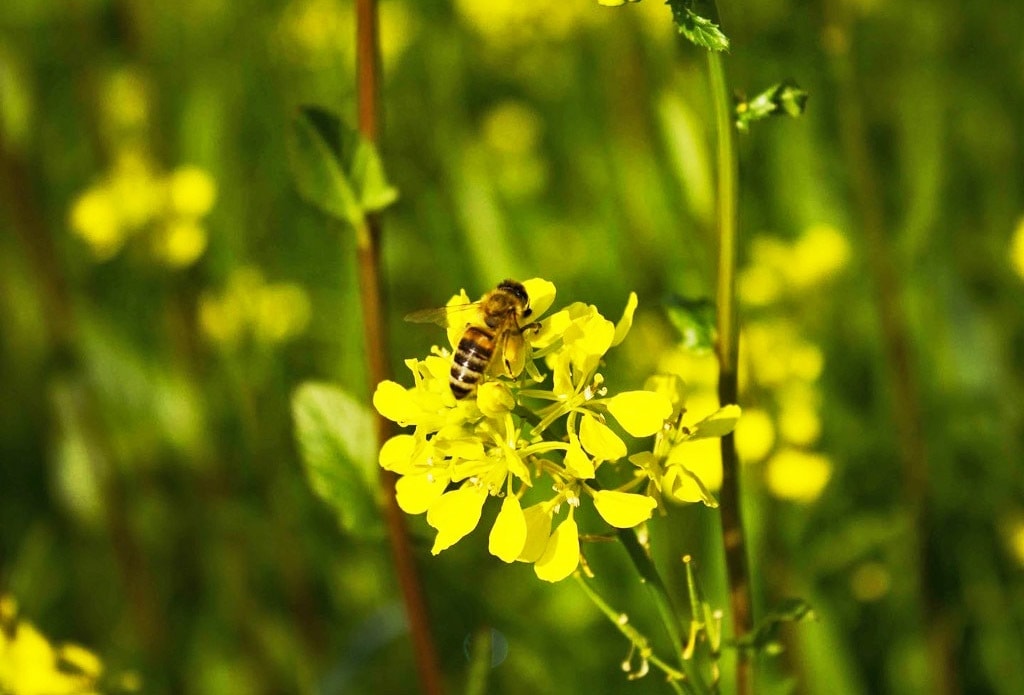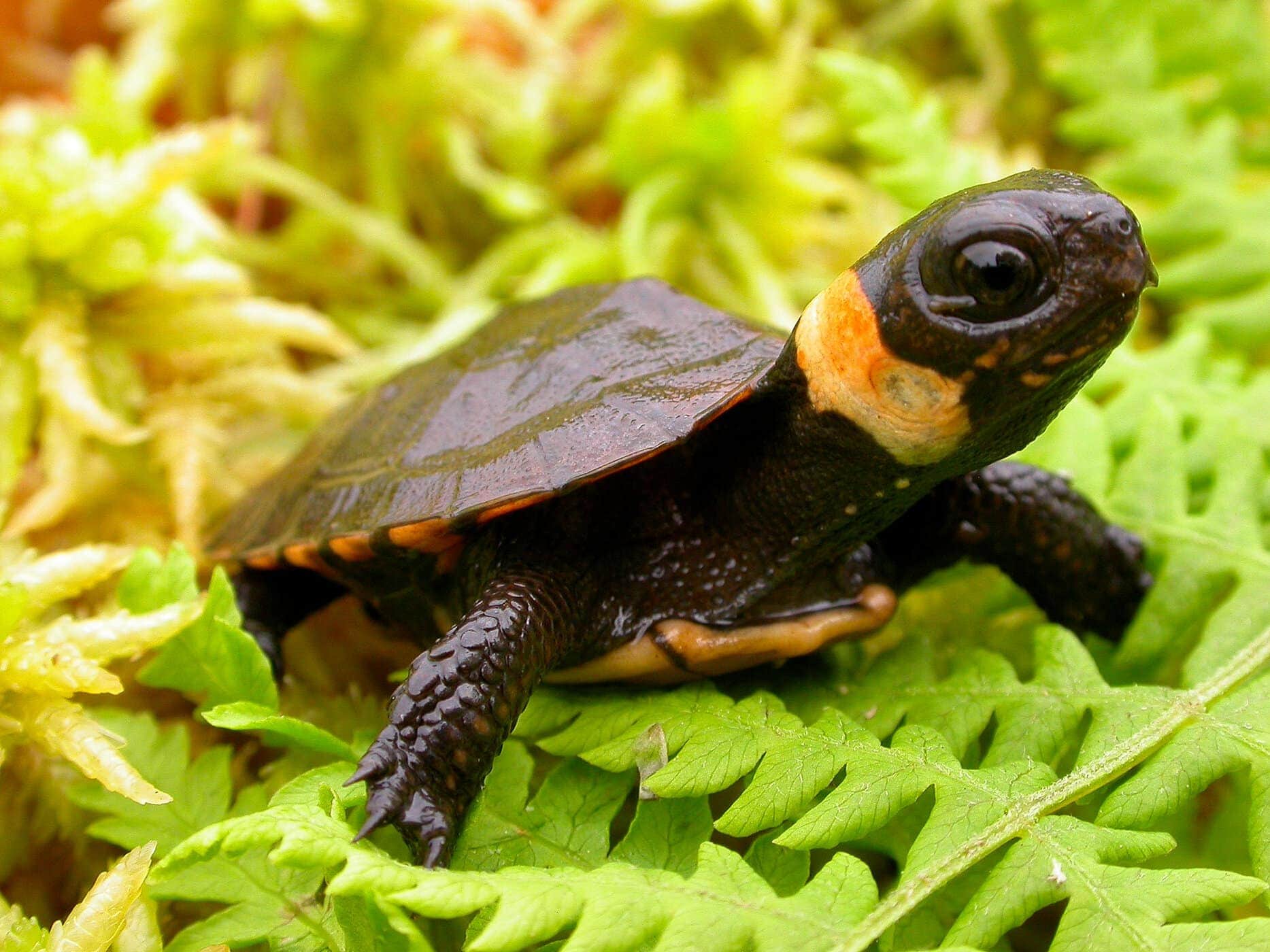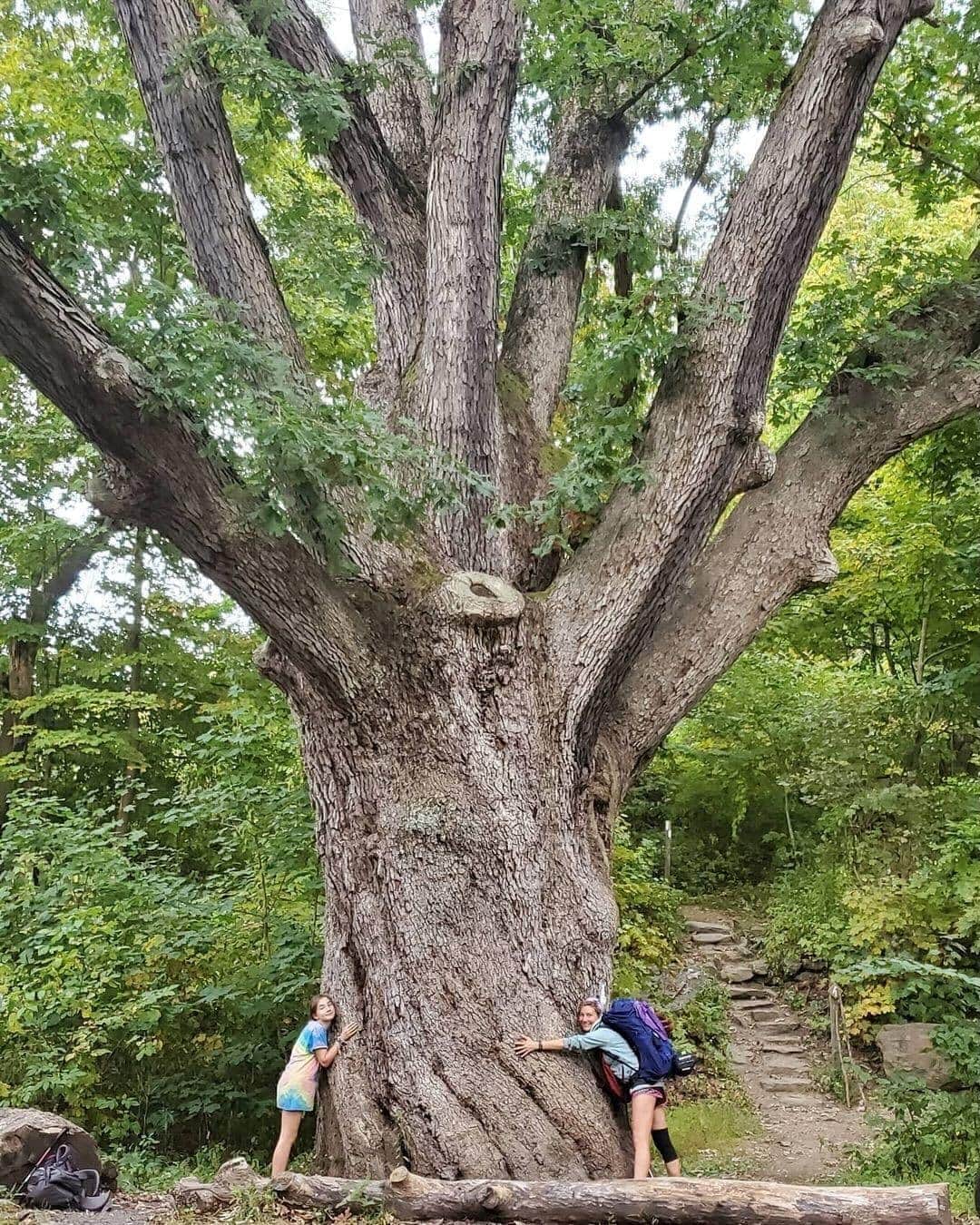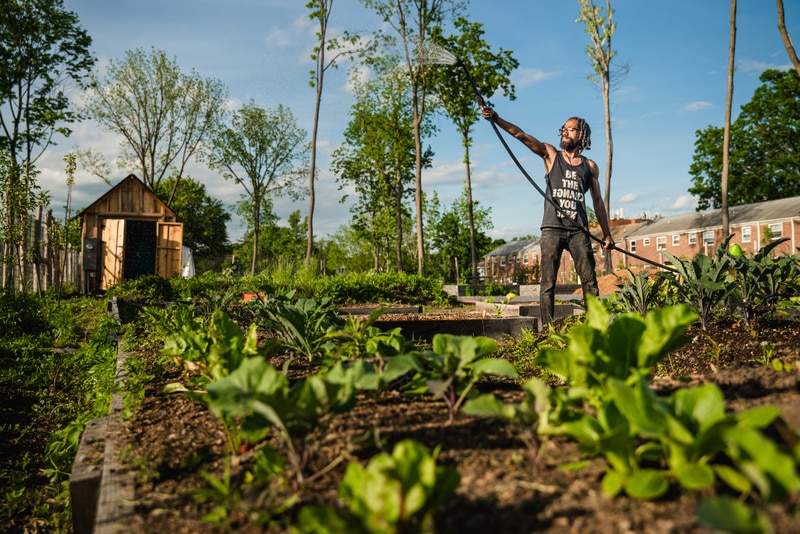Want to contribute to a scientific project while doing something you may already love? Then sign up to start providing data for New York’s Bird Breeding Atlas.
This initiative, spearheaded by the New York Natural Heritage Program, New York State Ornithological Association, Audubon New York, state Department of Environmental Conservation and others, takes place every 20 years. For this third iteration of the atlas, observers will record data from now through 2024.
More than a count, the atlas yields important information about changes to birds’ habitats by documenting where they mate and nest. The last atlas, released in 2008, concluded that over half of New York’s 253 species experienced a significant change in their distribution since the previous atlas, with 70 species increasing and 58 declining.
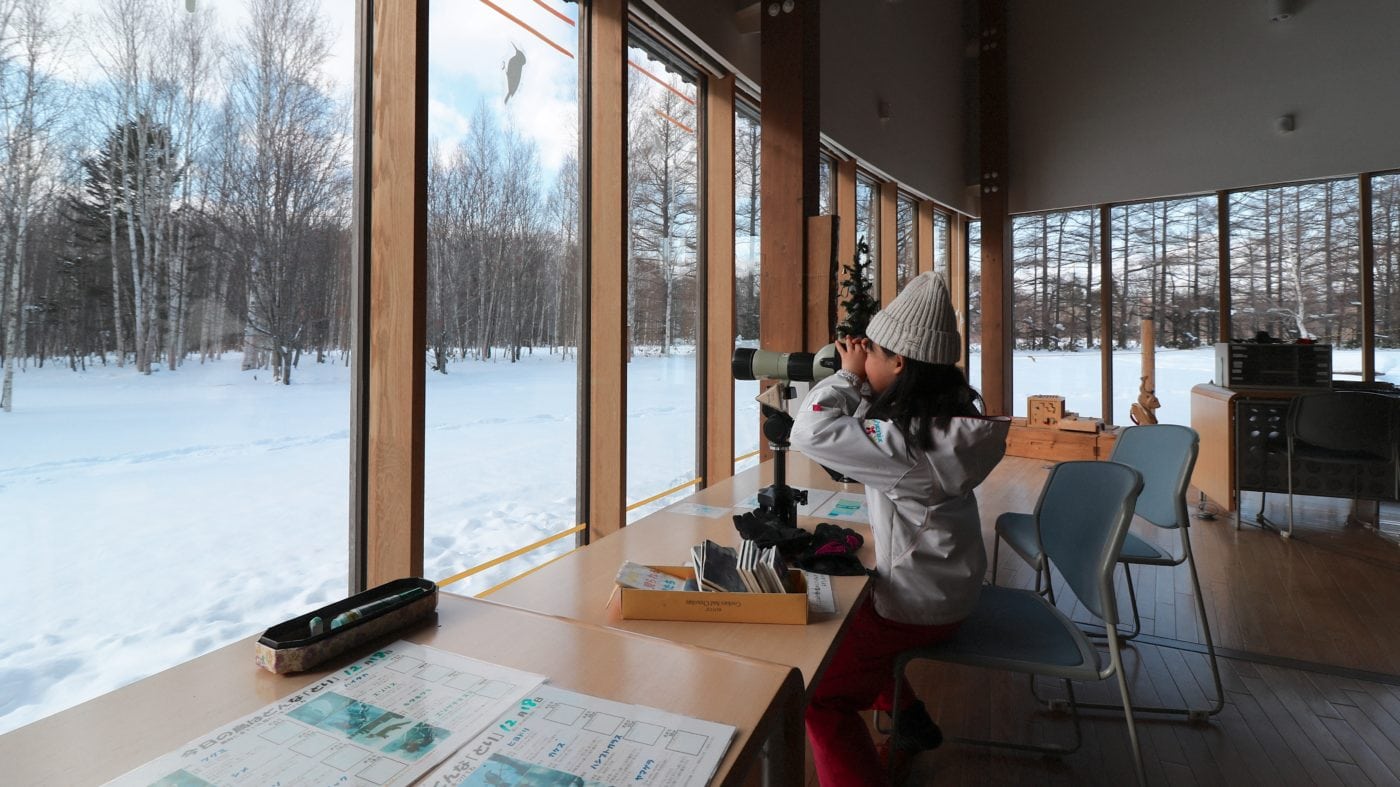
New this year, observers will submit their information to ebird, an online platform managed by the Cornell Lab of Ornithology. Described as the “world’s largest biodiversity-related citizen science project,” ebird collects and archives data from more than 100 million bird sightings contributed each year. It even allows individual observers to keep an ongoing record of their sightings.
Via ebird, participants in the New York Bird Breeding Atlas will record not only the species observed but share information about their calls as well as evidence of breeding and nesting. You don’t even need to leave home. Data about birds in your backyard—and those of your next-door neighbors—are just as critical as those gathered further afield. For some ABCs, click here.
Who benefits from your sightings? Along with the groups that advocate for protecting bird habitat, including Scenic Hudson, it provides vital information for scientists researching everything from climate change to socioeconomics. You also stand to gain: Contributing to the Bird Breeding Atlas provides another reason to grab the binoculars and keep tabs on your feathered friends.
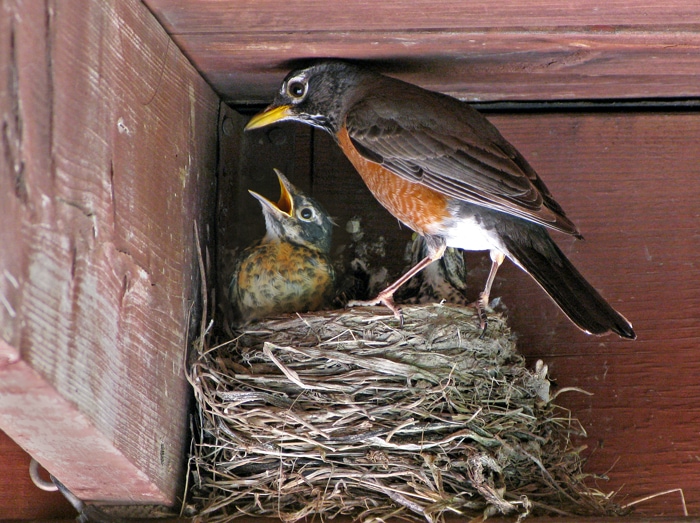
Robin & Babies (Photo: photoholic1 on Flickr (CC BY-NC-ND-2.0)) 
Bird Watching from Indoors (Photo: MIKI Yoshihito on Flickr) 
Palm Warbler (Photo: Tom Wilberding on Flickr (CC BY-NC-ND-2.0)) 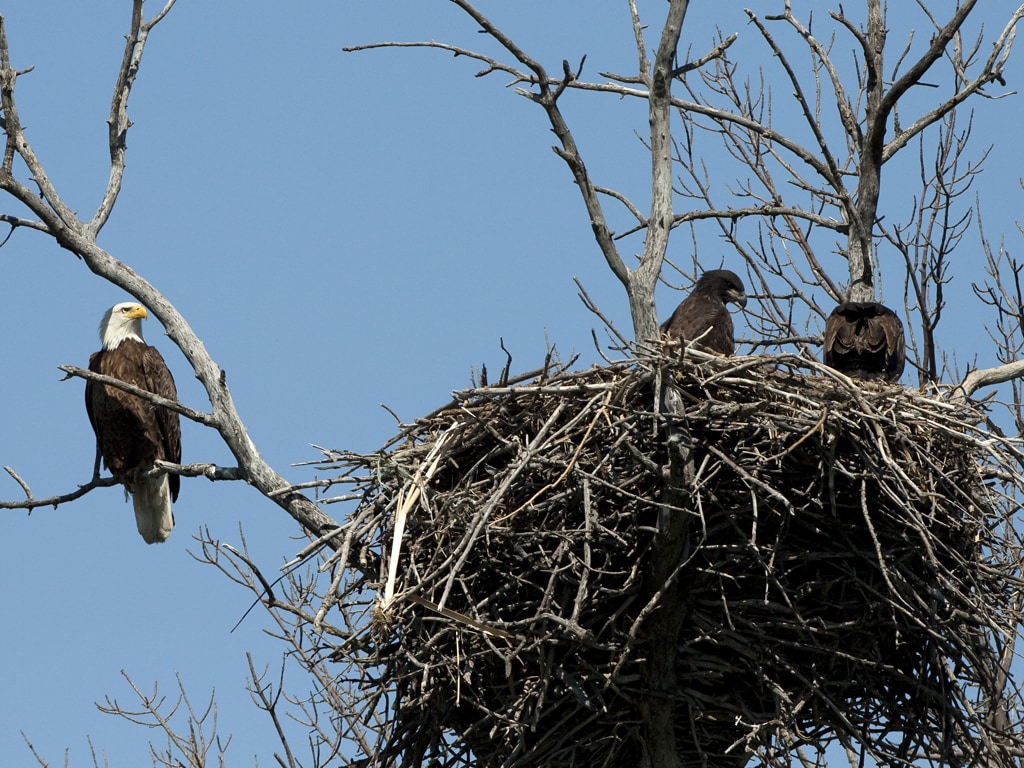
Monitored Bald Eagle Nest in Sanborn County S.D. (Photo: USFWS on Flickr (CC BY-2.0)) 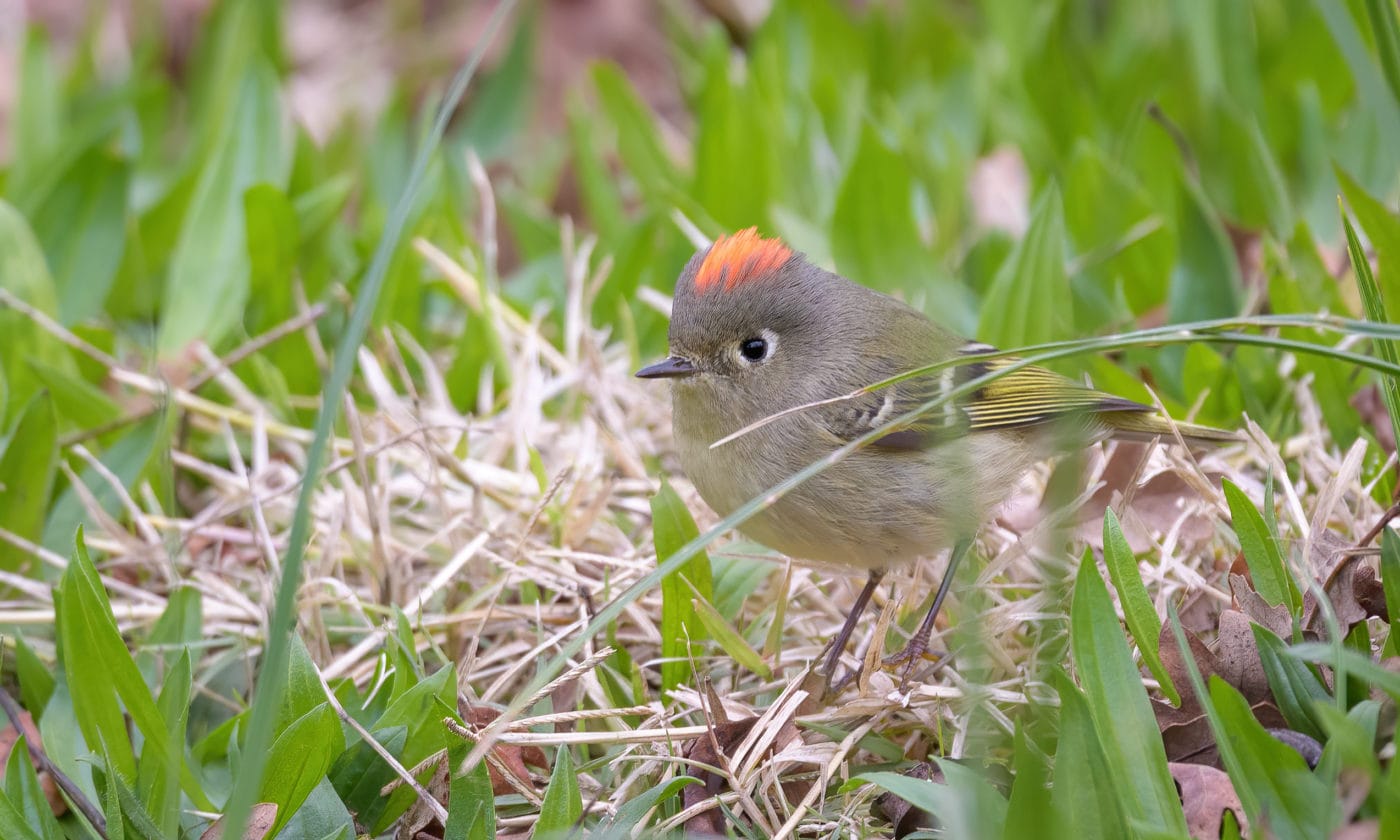
Ruby-Crowned Kinglet (Photo: Becky Matsubara on Flickr (CC BY-2.0)) 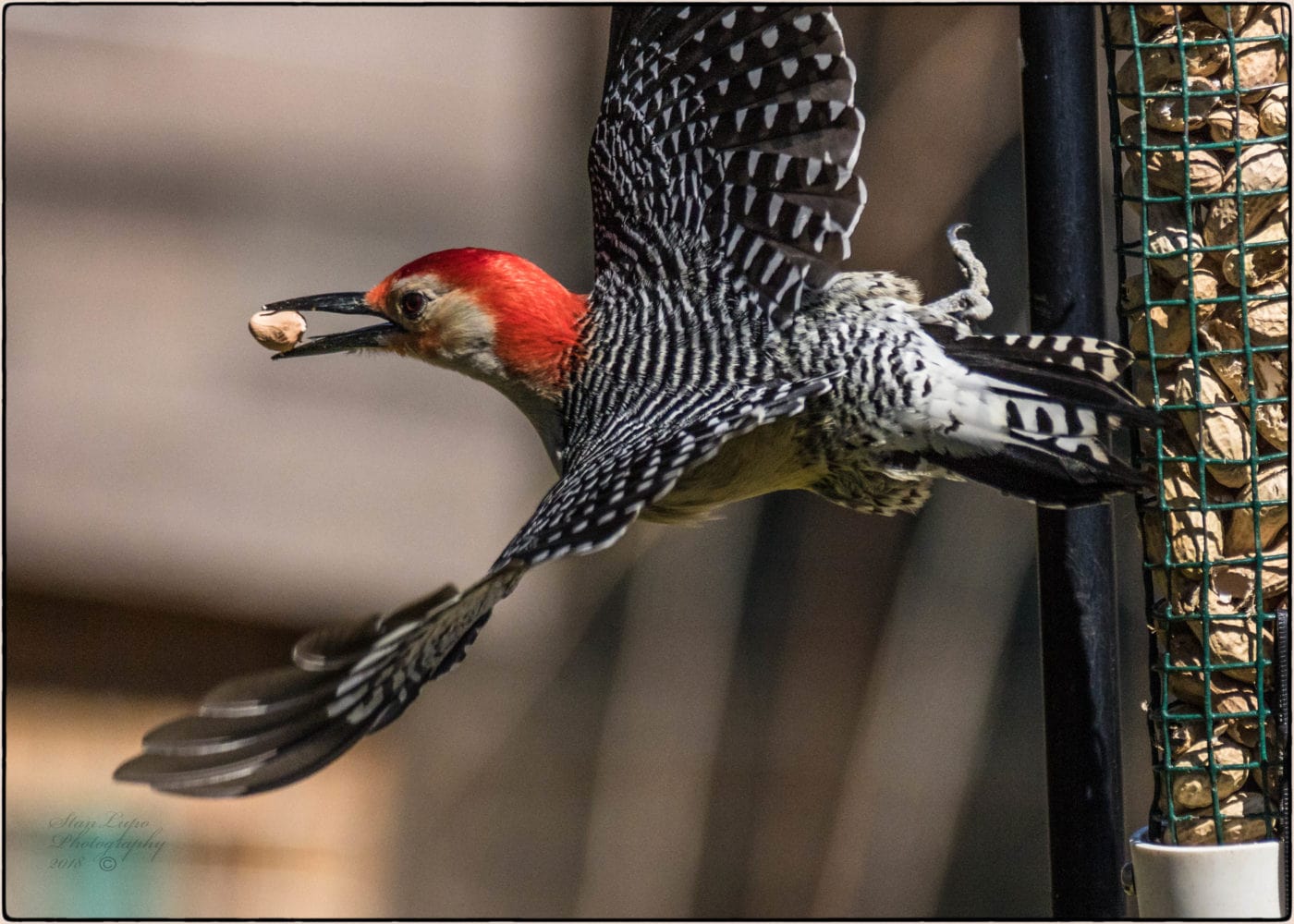
Woodpecker (Photo: Stan Lupo on Flickr (CC BY-NC-ND-2.0)) 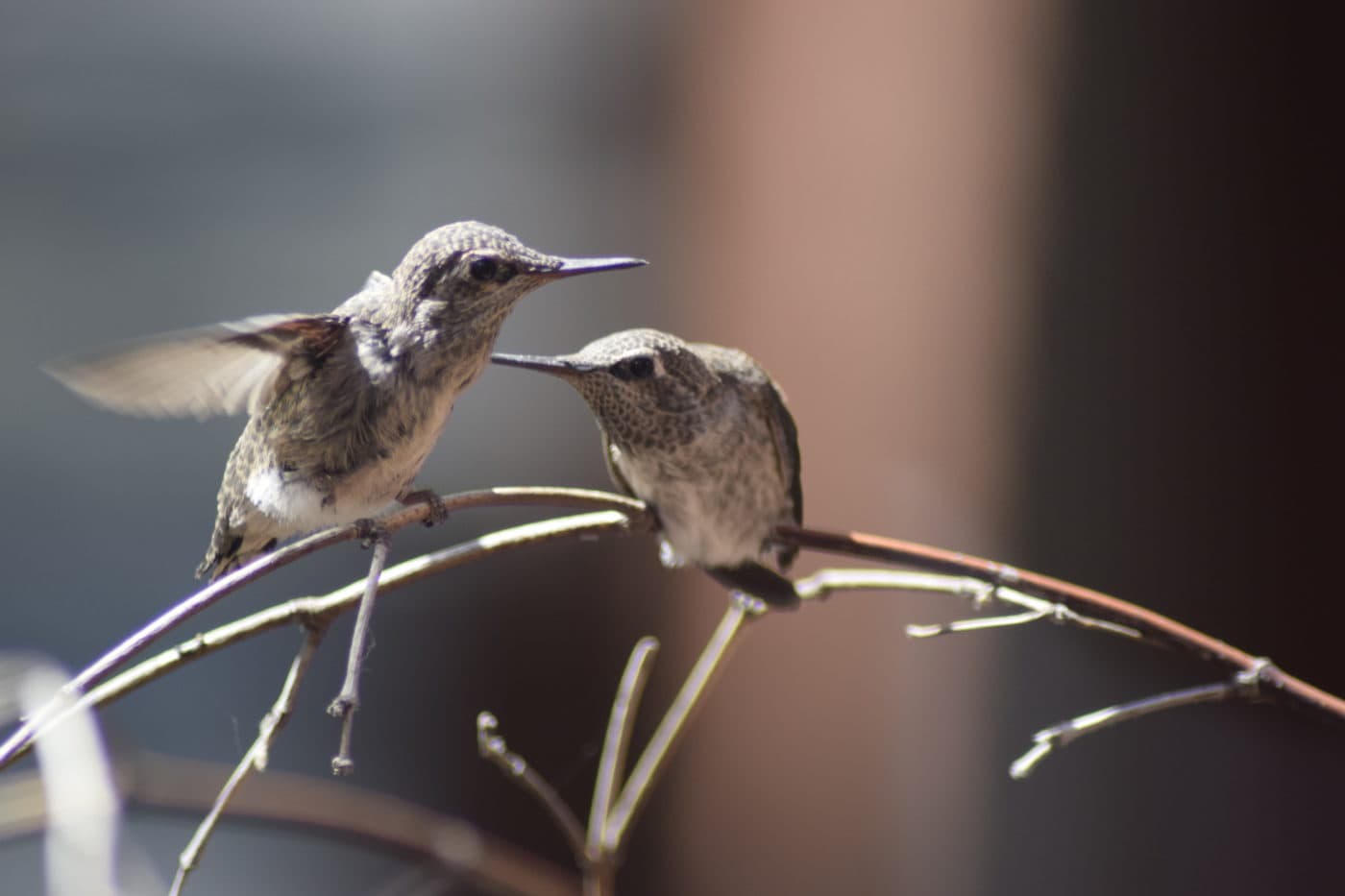
Hummingbird Babies (Photo: Sarah Lemarie on Flickr (CC BY-2.0)) 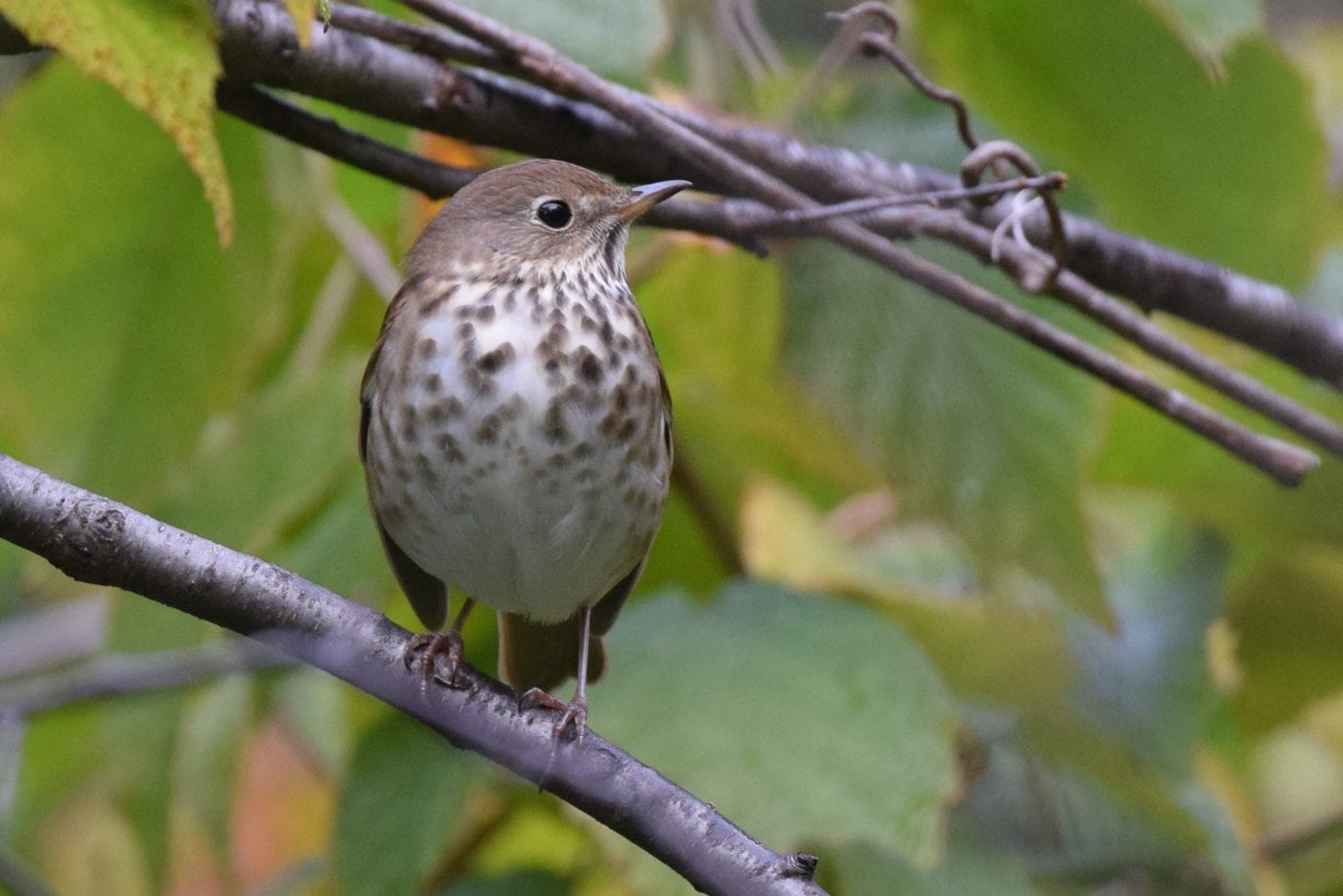
Hermit Thrush (Photo: Andy Reago & Chrissy McClarren on Flickr (CC BY-2.0))


